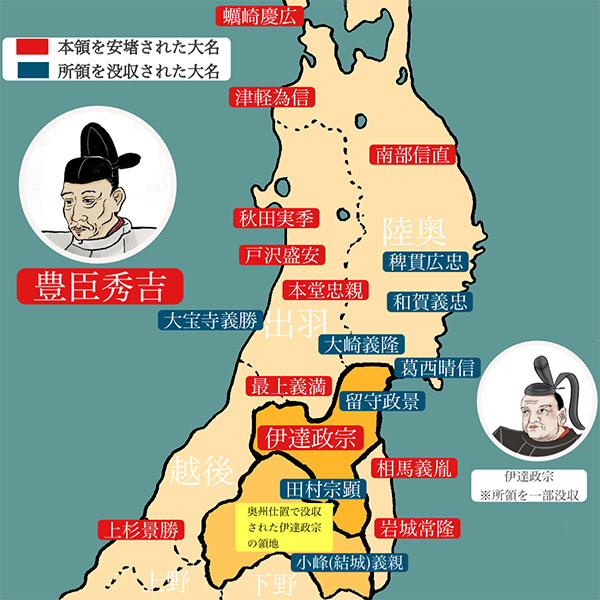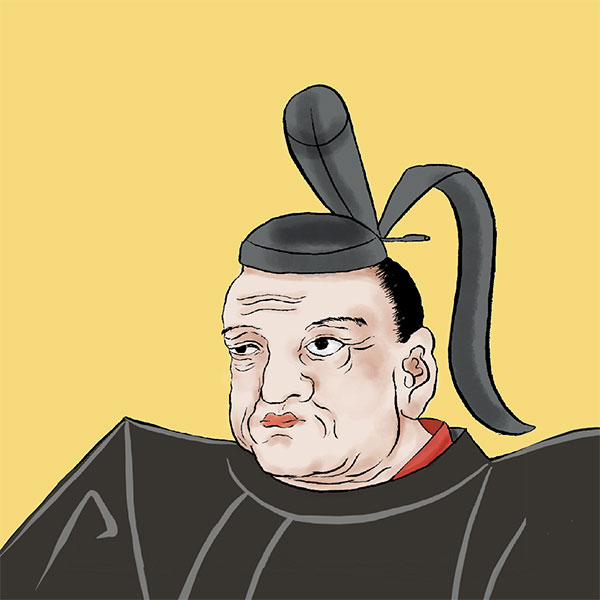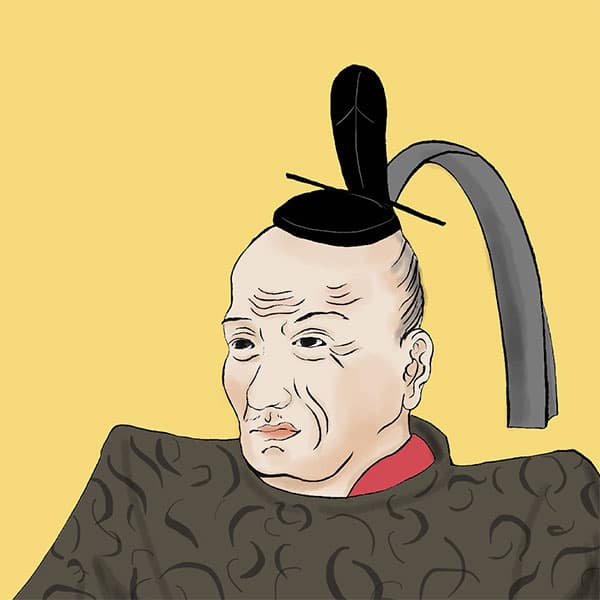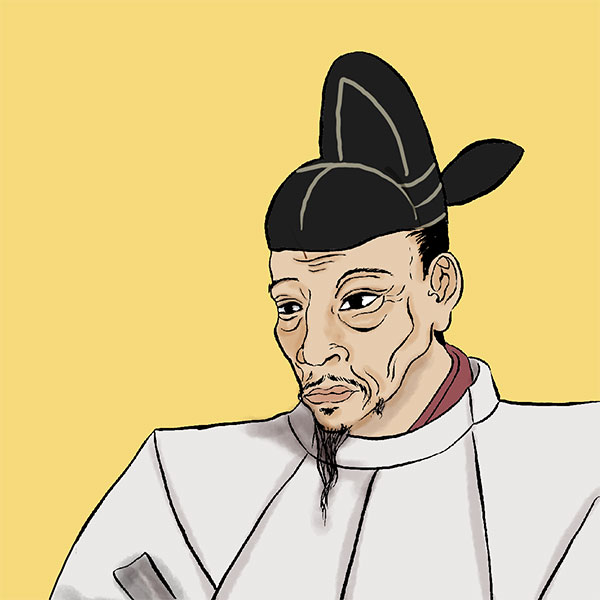Oshu Shioki (2/2)Toyotomi Hideyoshi pacified Tohoku, causing ripples.

Oshu Punishment
- Article category
- case file
- Incident name
- Oshu Shioki (1590)
- place
- Miyagi prefecture, Fukushima prefecture, Iwate prefecture, Aomori prefecture, Yamagata prefecture, Akita prefecture
- Related castles

Sendai Castle

Yamagata Castle

Tsuruga Castle

Hanamaki Castle
In addition, Tokugawa Ieyasu was transferred to the Kanto region, which was ruled by the Hojo clan. Until then, they ruled over 1.32 million koku in five countries: Mikawa, Totomi, Suruga, Shinano, and Kai, but were given 2.5 million koku in eight Kanto countries: Musashi, Izu, Sagami, Ueno, Kazusa, Shimousa, Shimotsuke, and Hitachi. I did. It seems as though he has improved because his koku value has suddenly increased to the 2 million koku class, but he loses his home base of Mikawa and moves to the Kanto region, far from Kyoto and Osaka. It is said to have been a strategy by Hideyoshi, who was wary of Ieyasu's influence, and Ieyasu's ruling lords, such as Yoritada Suwa and Yoshimasa Kiso, were also transferred at the same time.
Furthermore, as for the Sanada clan, who had a dispute with the Hojo clan over the Numata territory, they successfully regained the Numata territory at the time of Utsunomiya's punishment. Masayuki Sanada was given 38,000 koku in Ueda, Shinano Province, and Numata Castle was given to his eldest son, Nobuyuki Sanada, who became a daimyo in Numata, Ueno Province, with a wealth of 27,000 koku, and was promoted from a ruling daimyo under Tokugawa Ieyasu to a daimyo directly under Hideyoshi. doing.
Regarding the relief, reduction, change, and new territory of Oshu Shioki
Now, let's take a look at what happened to each military commander as a result of the Oshu punishment.
- Relief of territory
- Nanbu Nobunao: Relief of 7 districts including Nukabe, Hei, Kazuno, Iwate and Kuji in Hitachi.
Yoshinobu Satake: Relief of 540,000 koku including Hitachi Province
Yoshimitsu Mogami: Relief of 240,000 koku in Yamagata, Dewa Province
In addition, Sadataka Iwaki (Tsunetaka), Kunitsuna Utsunomiya, Yoshitane Soma, Tamenobu Tsugaru, Mitsumori Tozawa, and others were granted land. - Reduced amount
- Date Masamune: 4 Aizu, Iwase, and Asaka counties were confiscated from Ou Province's 1.14 million koku, and the land was reduced to 13 counties and 720,000 koku in Dewa, Mutsu Province.
In addition, Miki Akita, who participated in the Odawara conquest, but was suspected of violating the Sōkō edict in previous battles, was reduced in rank. - improvement
- Harunobu Kasai: He ruled over approximately 300,000 koku in seven Kasai districts (Oshika, Tome, Motoyoshi, Iwai, Isawa, Esashi, and Kesen; present-day northern Miyagi prefecture to southern Iwate prefecture). Although he wanted to participate in the conquest of Odawara, he was unable to do so due to concerns about a rebellion among his vassals that continued for several years, and after his territory was reduced, he was forced to take part in the conquest.
Yoshitaka Osaki: He ruled over the 5 districts of Osaki (Kurihara, Toda, Shida, Tamatsukuri, and Kami; present-day Miyagi Prefecture), but was relegated to the government because he did not participate in the conquest of Odawara. He sought restoration of his territory through Mitsunari Ishida, but in the end it was not granted.
Waga Tadachika: ruled Waga District (Iwate Prefecture). Only representatives were dispatched to conquer Odawara. He incurred Hideyoshi's anger and was repaid.
Hironuki Hirotada: He ruled Hienuki District (Iwate Prefecture). Although he sent an emissary to Hideyoshi, in the end he did not participate in the Odawara conquest, so he was defeated by Kaiyoshi.
In addition, Haruji Kurokawa, Muneaki Tamura, Akimitsu Ishikawa, Yoshichika Shirakawa (Yuki), and Shigetsune Esashi were dismissed because they were unable to participate in the Odawara conquest. - resealing
- Tokugawa Ieyasu: From 1.32 million koku in five countries: Mikawa, Totomi, Suruga, Shinano, and Kai, Musashi, Izu, Sagami, Ueno, Kazusa, and Shimousa. Shimotsuke/Hitachi transfers 2.5 million koku to 8 Kanto countries
Gamo Ujisato: Transferred from Minami Ise 123,000 koku and given 420,000 koku of Tsukurokawa, Mutsu Province, former territory of the Ashina clan.
Yoshikiyo Kimura: From Tomoyuki's 5,000 koku, he was given 300,000 koku of 13 districts of the former territories of the Kasai and Osaki clans.
In the case of transfer, the amount has been increased.
Due to the Oshu punishment, uprisings and rebellions broke out in various places.
With the Oshu punishment, the distribution of territories in the Tohoku region was completed, and Toyotomi Hideyoshi finally unified the country. However, uprisings and rebellions broke out in various parts of Oshu due to feudal lords who resented Hideyoshi's unilateral punishment, as well as feudal residents who suffered from the Taiko Kenchi and the harsh tax collection that followed.
In October, about a month after the Shioki army withdrew from the Tohoku region, former vassals of the Kasai and Osaki clans moved to the former territory of central Mutsu Province (northern Miyagi prefecture to southern Iwate prefecture) ruled by Kimura Yoshikiyo, and began the "Kasai" movement. He started the Osaki Uprising. Furthermore, in response to this, the ``Waga-Hienuki Uprising'' occurred, in which Yoshitada Waga, Hirotada Hienuki, and others rebelled in their former territories. Under the Nambu clan, the Kunohe Masazune Rebellion occurred in March 1996, when the Kunohe clan was competing for supremacy with the Sannohe Nambu clan led by Nobunao Nambu. In addition, the Senboku Uprising broke out in the northern part of Dewa Province (Akita Prefecture) due to dissatisfaction with the Taiko Kenchi, and Oshu fell into great turmoil.
The largest of the uprisings was the Kasai Osaki uprising. The uprising broke out due to Kimura Yoshikiyo's strict collection of annual tax, his cold treatment of former vassals of the Kasai and Osaki clans, and the violent attacks by his vassals on the people of his territory. In October 1998, Iwatezawa Castle in the former Osaki territory was occupied by former vassals and residents of the Osaki clan. Since then, the uprising has expanded. In the end, the uprising was brought to an end in July 1591 (Tensho 19) by Date Masamune.
There was suspicion that Masamune had instigated the uprising, and in order to dispel that suspicion, Masamune made an apology to Hideyoshi. At that time, he was dressed for death. This time, a gold-leafed cross was also an option (an episode remains). In the end, Masamune's head was tied and he was ordered to put an end to another uprising. Masamune fought hard and successfully suppressed the uprising, receiving the 13 districts of Kasai and Osaki as a reward.
However, Masamune replaced his original territory with 440,000 yen in 6 counties: Nagai in Dewa Province (Yamagata Prefecture), Nobuo in Mutsu Province, Date, Adachi, Tamura (all in Fukushima Prefecture), and Katta (in Miyagi Prefecture). The stone was confiscated, and in the end, the land was reduced to 480,000 koku from over 19 counties. You can see how wary Hideyoshi was of Masamune.
By the way, the six districts confiscated by Masamune were given to Ujisato Gamo. Kimura Yoshikiyo, who ruled the area where the uprising took place, was held responsible and put in charge. After taking shelter with Ujisato, he was given 50,000 koku in Shinobu district. Then, the name of the castle was changed to ``Fukushima Castle'', reflecting the location of the castle in Sugime Castle (or Sugitsuma Castle) in Shinobu District. This continues in present-day Fukushima Prefecture.
In addition, the Semboku Uprising was suppressed by Kagekatsu Uesugi and Yoshitsugu Otani, who were in charge of surveying land in Dewa Province. The Onodera clan, who were the lords of the southern part of the three Senboku districts (Kamiura District), should have been given relief from their former territory, but they were forced to take responsibility for the uprising and had one-third of their territory confiscated.
The military goes to war for the “Oshu re-punishment”
Among the uprisings and rebellions that occurred in Oshu, the most influential was the Kunohe Masazane Rebellion. The rebellion was started by Masazane Kunohe, a member of the Nambu clan who was originally an enemy of Nobunao in a succession dispute, but due to its strength, Nobunao thought it would be difficult to suppress it on his own. He made a decision and asked Toyotomi Hideyoshi for help.
In response to this, Hideyoshi decided to organize the ``Oshu Re-Punishment Army'' and restart the punishment in order to pacify Oshu. He led 65,000 soldiers and headed to Oshu to suppress the Kunohe Masazane Rebellion and other uprisings. Fierce battles were fought in various places, including Kunohe Castle, where Masazane was present, but in the end, Masazane, who was defeated in the siege battle, surrendered to the Oshu Resishiyo Army, and the rebellion was put down. Also, at this time, the ``Waga Hienuki Uprising'' was suppressed by the Oshu Saishio Army. Afterwards, the former territory of Waga and Hidenuki was annexed to Nanbu Nobunao, which made Nobunao a feudal lord with a wealth of 100,000 koku.
In this way, due to the efforts of the Oshu Re-Seishi Army, punishment in the Tohoku region came to an end. The weather was bright and the country of Toyotomi Hideyoshi had arrived. After Oshu's re-punishment, there were no major wars in Japan during Hideyoshi's time, and the next war would be to send troops to Korea twice, meaning the stage would be moved overseas.
Reread the article on Oshu Shioki

- WriterNaoko Kurimoto(Writer)I am a former travel industry magazine reporter. I have loved history, both Japanese and world history, since I was a child. I usually enjoy visiting temples and shrines, especially shrines, and often do ``pilgrimages to sacred places'' themed around historical figures. My favorite military commander is Ishida Mitsunari, my favorite castle is Kumamoto Castle, and my favorite castle ruins is Hagi Castle. My heart flutters when I see the ruins of battle castles and the stone walls of castle ruins.










